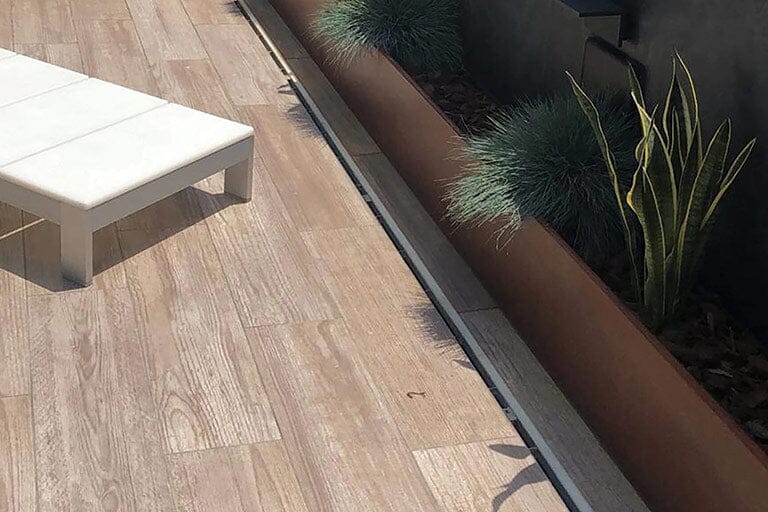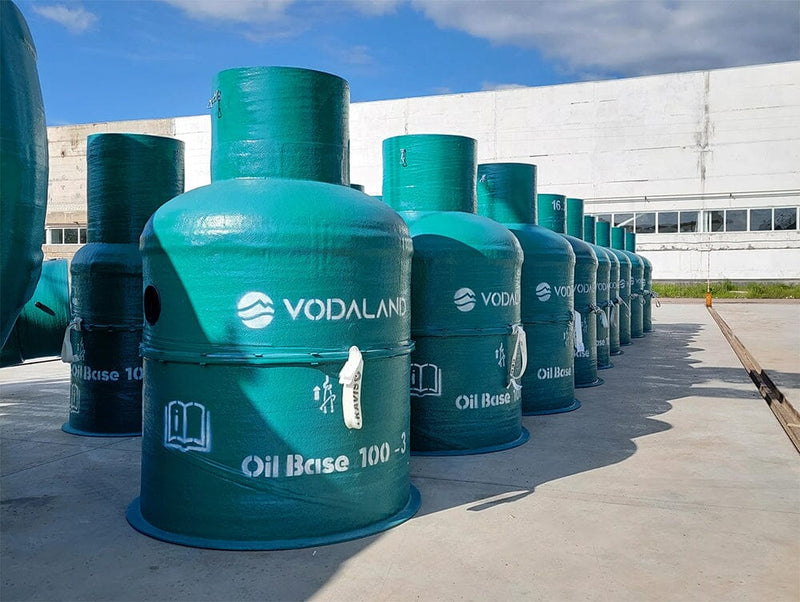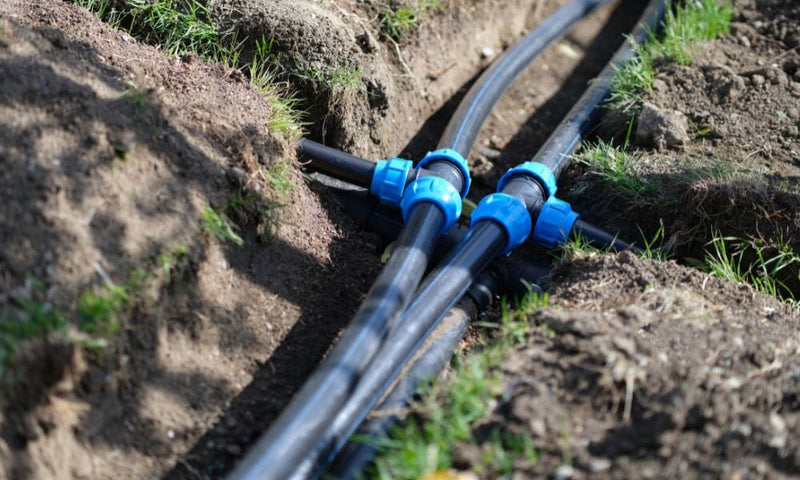Manhole Cover Maintenance: Preventive Measures & Best Practices
-
10/10/23
-
Vodaland Canada
Manhole covers are a critical component of urban infrastructure that provides access to underground utility networks, including sewers, storm drains, and utility lines. These heavy metal lids protect the public from potential hazards while allowing maintenance personnel to inspect and service underground systems efficiently. However, over time, manhole covers can deteriorate due to various factors such as traffic loads, weather conditions, and improper installation. Neglecting manhole cover maintenance can lead to safety hazards, increased repair costs, and disruptions to daily life.
In this blog post, we will delve into the importance of manhole cover maintenance and explore preventive measures and best practices to ensure their longevity and optimal performance. By understanding the significance of regular maintenance and adopting appropriate strategies, municipalities, utility companies, and property owners can safeguard the public and preserve the integrity of their underground infrastructure.
The Importance of Manhole Cover Maintenance

Understanding the importance of manhole cover maintenance is crucial for maintaining the safety and functionality of our urban infrastructure. Manhole covers are access points to essential underground utility systems, such as sewers, water mains, and telecommunication lines.
Neglecting their maintenance can lead to many problems, including loose covers that pose safety hazards, corrosion and rust that weaken their structural integrity, potholes and deformations that damage vehicles, and water infiltration that can cause costly repairs and damage to underground utilities.
Regular maintenance (including inspections, sealing and coating, proper installation, and timely repairs) ensures the longevity of manhole covers, enhances the aesthetics of our cities, and promotes the overall safety and well-being of pedestrians and motorists.
How Often Should Manhole Covers Be Serviced?
The frequency of manhole cover servicing can vary depending on many factors, including the location, traffic volume, environmental conditions, and the material and quality of the manhole covers themselves. However, in general, manhole covers should be serviced regularly to ensure their optimal performance and longevity.
For high-traffic areas in urban centers or roads with heavy vehicles passing over them, it is recommended to conduct inspections and maintenance at least once every six months. These locations are more prone to wear and tear, so more frequent checks are essential to identify any issues promptly.
For less busy roads and lower-traffic areas, an annual inspection and maintenance schedule may be sufficient. However, keep in mind that environmental factors, such as harsh weather conditions or exposure to road salts, may necessitate more frequent servicing in certain regions.
Types of Manhole Covers
The main types of manhole covers include:
Cast Iron Manhole Covers
This is the most common type of manhole cover widely used in urban areas and roadways. Cast iron covers are durable and can withstand heavy traffic loads. They often have a checker plate or solid design for added strength.
Ductile Iron Manhole Covers
Like cast iron covers, ductile iron covers are known for their strength and durability. They are more resistant to cracking and bending and are commonly used in areas with high traffic loads.
Steel Manhole Covers
Steel covers are lightweight and suitable for situations where weight is a concern or where frequent access is required. They are often used in industrial settings or where there is less vehicle traffic.
Concrete Manhole Covers
Concrete covers are used in areas with light to moderate traffic, such as sidewalks and pedestrian walkways. They are cost-effective but not as durable as iron or steel covers.
Composite Manhole Covers
These covers are made from composite materials like fiberglass or plastic. They offer a lightweight alternative to traditional metal covers and are resistant to corrosion, making them ideal for coastal or corrosive environments.
Lockable Manhole Covers
These covers have additional security features, such as locks, to prevent unauthorized access to utility infrastructure. They are commonly used in areas where security is a concern.
Hinged Manhole Covers
Hinged covers allow for easier access to the utility or maintenance chamber without completely removing the cover. They are often used in applications where frequent access is necessary.
Common Problems Associated With Neglected Manhole Covers

Loose or Unsecured Covers
One of the most common issues with neglected manhole covers is becoming loose or unsecured. Loose covers pose a severe safety hazard for both pedestrians and drivers, leading to trips, falls, and vehicular accidents.
Corrosion and Rust
Manhole covers are exposed to various environmental factors, such as moisture and road salt, which can lead to corrosion and rust over time. Rust weakens the cover's structural integrity, reducing its load-bearing capacity.
Potholes and Deformation
Heavy traffic and the weight of vehicles passing over manhole covers can cause deformation and create potholes around the cover's edges. These deformations can damage vehicle tires and cause accidents if left unaddressed.
Water Infiltration
Damaged or poorly sealed manhole covers can allow water to infiltrate sewer systems, leading to increased maintenance costs and potential damage to underground utilities.
Preventive Measures & Best Practices for Manhole Covers
Regular Inspections
Implement a routine inspection schedule to identify any issues with manhole covers promptly. Inspections should include checking for loose covers, signs of rust or corrosion, and surrounding pavement conditions.
Sealing and Coating
Apply appropriate sealants or coatings to manhole covers to protect them from corrosion and rust. Regularly reapply coatings as needed, particularly in areas with harsh weather conditions.
Cleaning and Clearing
Keep manhole covers and surrounding areas clean to prevent debris buildup, which can cause cover misalignment or deterioration.
Load Capacity Assessment
Periodically assess the load capacity of manhole covers, ensuring they can withstand the weight of modern vehicles and heavy traffic.
Proper Installation
Ensure that manhole covers are installed correctly and securely to prevent movement and potential accidents.
Use of Locking Systems
Consider using locking systems to prevent unauthorized access to manholes, which can reduce the risk of theft and vandalism.
Repairs and Replacements
Promptly address any identified issues with manhole covers, whether through repairs or replacements. Avoiding delays can prevent further damage and more costly repairs in the future.
Public Awareness Campaigns
Educate the public about the importance of manhole cover maintenance and encourage reporting of any loose or damaged covers they come across.
Collaboration with Utility Companies
Work closely with utility companies to coordinate maintenance efforts and ensure the integrity of the entire underground infrastructure.
Technology Integration
Consider adopting innovative technologies, such as sensors or IoT devices, to monitor the condition of manhole covers in real-time and detect potential issues early on.
Get Quality Manhole Covers From Vodaland
Proper manhole cover maintenance is an essential aspect of urban infrastructure management. By implementing preventive measures and best practices, cities can ensure the longevity, safety, and functionality of manhole covers.
Vodaland provides various products from manhole covers to catch basin grates. We will provide replacements and install these products for you. Contact us today by dialing (905) 238-1771 to learn more about our manhole covers.




















































